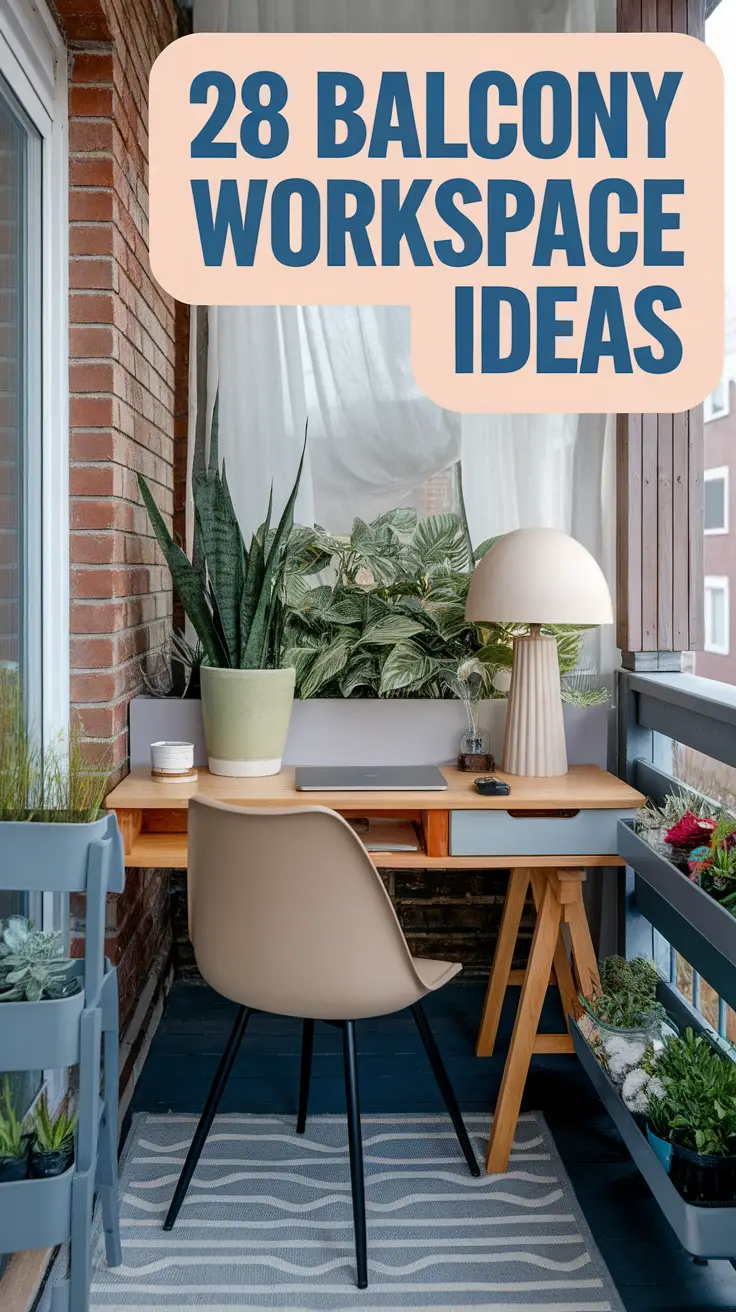How to Reduce Indoor Humidity Naturally During Summer

I thought the clammy feeling in the morning was just a summer thing. Yet, one day, I woke up soaked in sweat and the sheets were stuck to me and I understood there was something else happening. The room felt heavy—like breathing through a wet blanket. The air conditioner was running, the windows were shut, but the air was still thick. At that point, I began to notice and care about indoor humidity.
If you’ve ever felt like your home was just a little too sticky, too muggy, too “off” in summer—you’re not alone. Having high humidity indoors can be uncomfortable, can damage our furniture, cause allergies and create a place where mold can grow. Actually, you can often solve the problem without buying a costly dehumidifier.
I’ll describe the natural approaches that helped me in this post. I tried these tips out myself in the summer heat at home and they really worked.
What Causes High Humidity Indoors in Summer?
I didn’t expect this: modern air conditioning can’t always keep out high humidity.
Warm air is able to hold more water and if it can’t get out, it stays in the air. Remember that moisture can get into your home through cooking, showering, drying clothes and even breathing. If the moisture can’t get out, it will stay in the walls.
I first noticed it in the bathroom. Even after the exhaust fan was on, my mirror stayed foggy for a long time. The air felt dense, almost sticky. I found out I was accidentally keeping moisture trapped in the kitchen and the laundry area.
And if the weather outside is also humid? Opening windows can sometimes make things worse. So, understanding the source is half the battle. After that, you can begin to change your habits.

Ventilation is Everything — But Make it Smart
I thought I was doing something good by opening the windows. But just “letting air in” isn’t enough.
What helped? Strategic airflow.
- Early mornings and late evenings became my ventilation sweet spots.
- I created a cross breeze by opening windows on opposite ends of my home.
- I kept bathroom and kitchen doors open after use to prevent moisture buildup.
What to Watch Out For:
Making the airflow in the building planned, instead of leaving it to chance, made a big difference. After I started measuring the airflow, the whole area felt more refreshed and quickly.
3 Steps That Helped Me Reduce Moisture—Without Gadgets
I’ll explain how this happened in practice. I tried to go without using any electronics for a week to control humidity.
Here are the 3 things that made the biggest difference:
- Moved my drying rack near the window — I always used to dry laundry in the living room. Big mistake. Near a breezy window? Problem solved.
- Wiped down the bathroom after showers — A dry towel over the tiles and mirror stopped moisture from lingering. It took two minutes.
- Rolled up the rugs and stored heavy drapes — Turns out, thick fabric holds onto humidity like a sponge.
The result? Within five days, my windows stopped fogging up. My skin didn’t feel sticky indoors. And the air smelled clean, not musty.
Plants That Actually Reduce Humidity
What felt like a miracle was that my houseplants helped.
Certain plants are able to absorb moisture from the air with their leaves which helps maintain humidity in small areas. Plus, they’re gorgeous.
I put a snake plant next to the bathroom window and a fern in the hallway. It took just a few days for the results to become noticeable.
Would you ever try using plants this way?
Textiles and Cleaning: The Moisture Traps You Don’t See
This is where it all shifted. I believed I had taken care of the airflow and towels, but then I found a damp rug.
Curtains, rugs and upholstery absorb moisture and release it again as the temperature changes. I started rotating these out during peak summer.
What I changed:
Everything felt lighter after that. The air in the room became fresher and less stale.
Natural Absorbers That Actually Work
This is the DIY part I loved most. Just a few pantry staples and no fancy equipment are needed.
My go-to natural dehumidifiers:
- Sea salt: A bowl in the bathroom absorbed surprising amounts of moisture.
- Baking soda: Great for closets or small shelves.
- Charcoal briquettes: Placed in a mesh bag under the sink, they last for weeks.
- Rice: I filled cotton pouches and placed them in drawers.
I didn’t expect much. After ten days, the salt had formed clumps, the baking soda became chalky and the air in the room felt drier. Subtle but real.
When Nothing Helps: Tiny Investments That Made a Big Difference
Here’s where I got honest with myself. Some days were just too much. Muggy, stormy, swamp-like. That’s when I added a few low-cost helpers.
- A compact dehumidifier just for the bathroom (under $40)
- A hygrometer to check humidity levels at a glance
- A window fan with a timer that kicked on during the night
None of these were massive purchases. Still, they helped me when the natural methods were not enough.
I only use them when I need to, not all the time and not in every place. Just as a good umbrella is handy when it rains, so is a good insurance policy.
Conclusion
After I learned to control indoor humidity, my home is more peaceful. Air flows easier. Sheets stay fresh longer. I am no longer afraid of the heavy and breathless feeling summer brings.
You don’t have to overhaul your space. Sometimes it’s a shift in habits. A few plants. A well-placed fan. Maybe even a towel on the mirror.
What’s one tiny change that could make your summer air feel lighter?
If you’re preparing for your own summer home reset, remember to pin this guide. And let me know—have you ever tried these tricks? Or do you have a go-to of your own?







You should take part in a contest for one of the best blogs on the web. I will recommend this site!